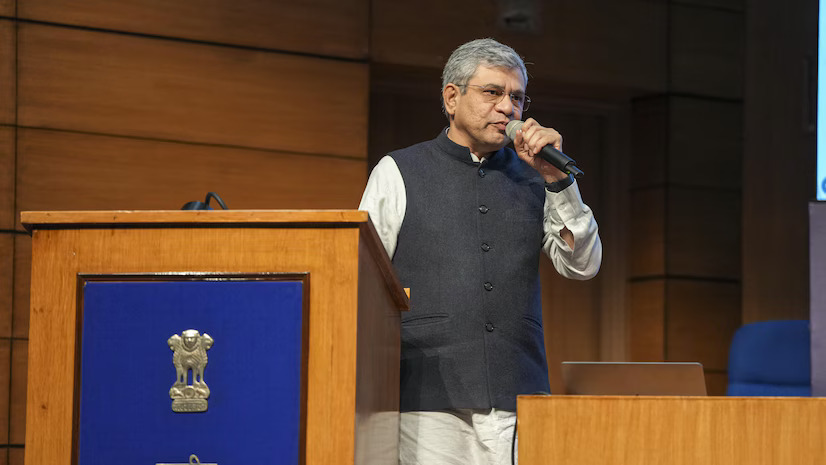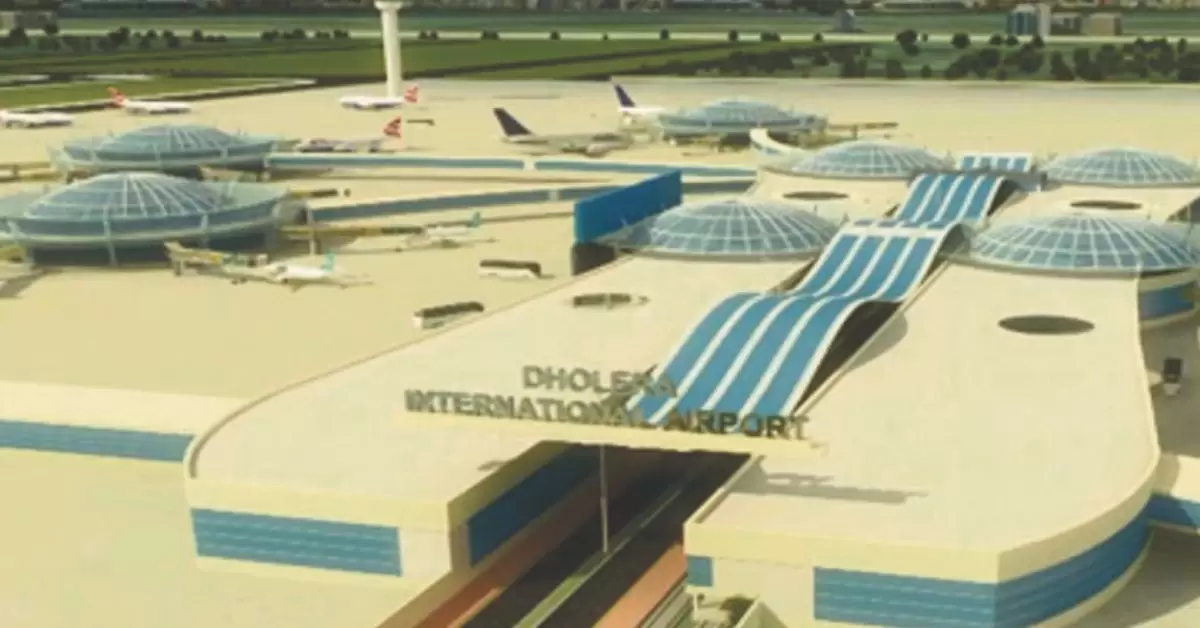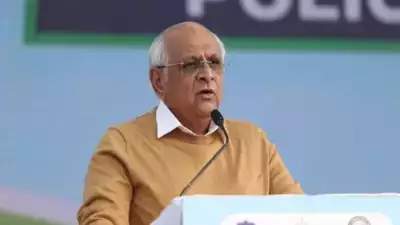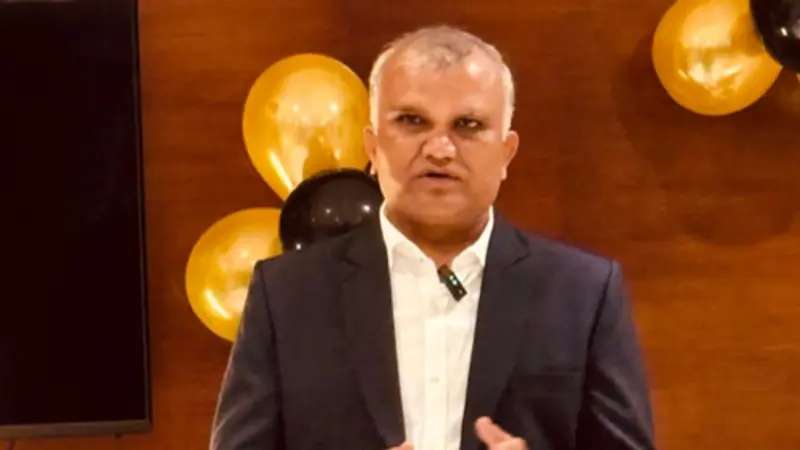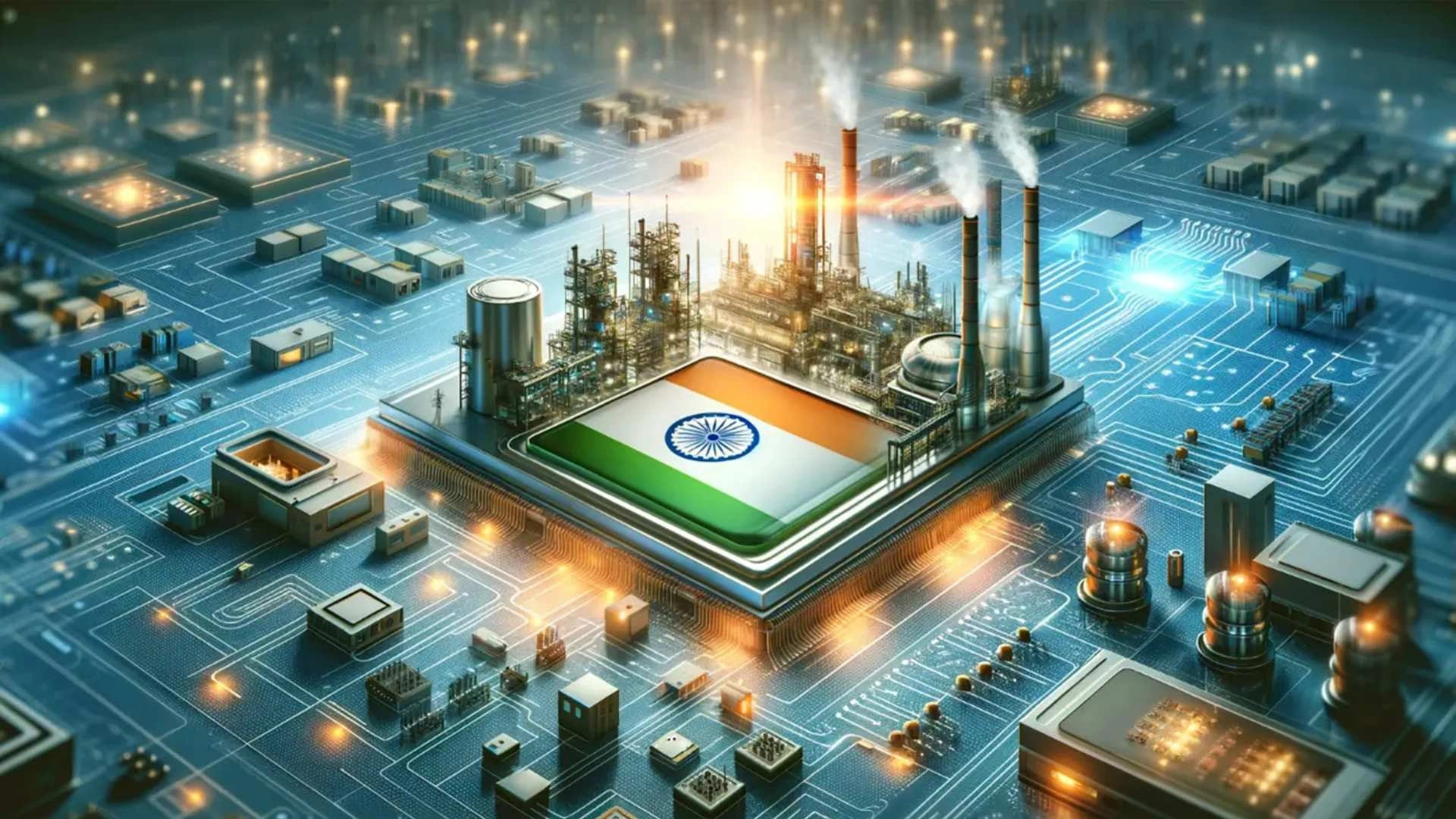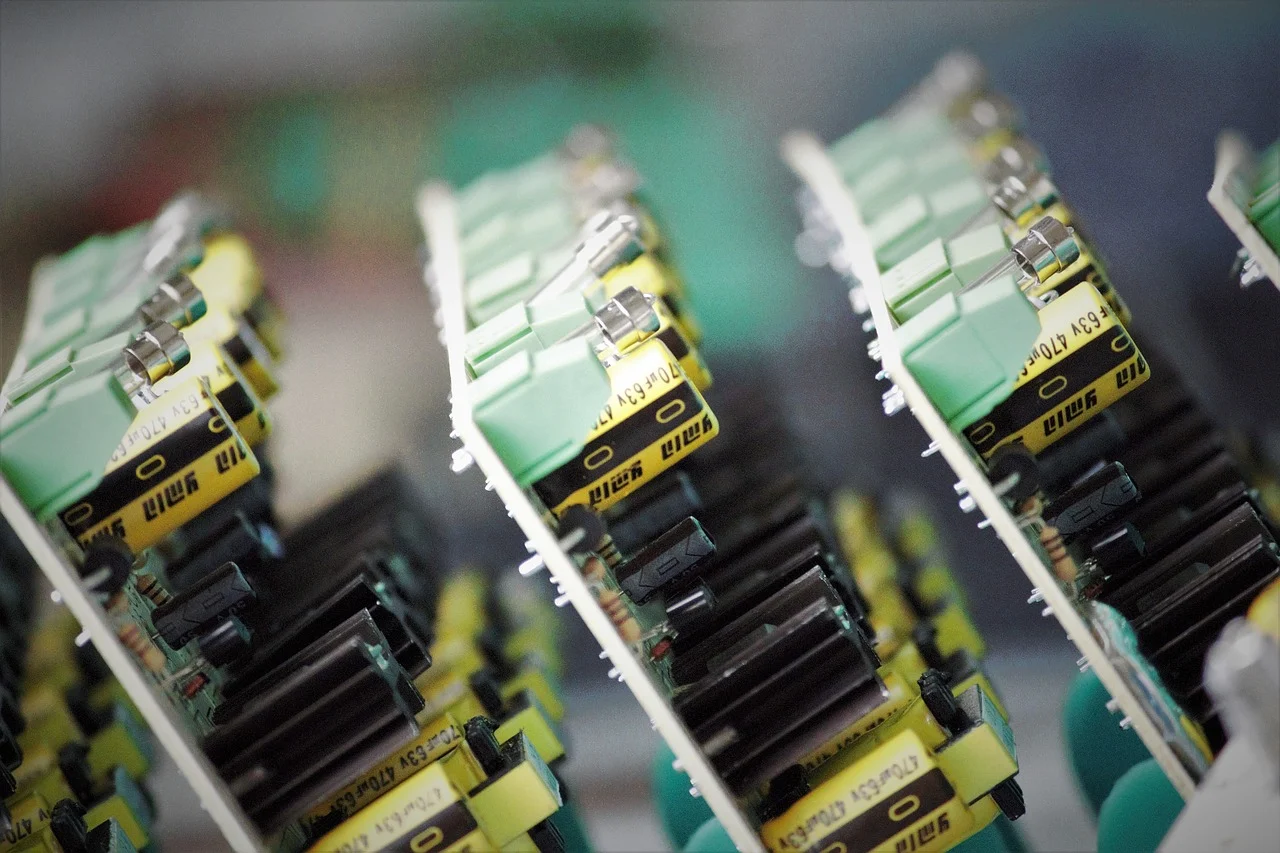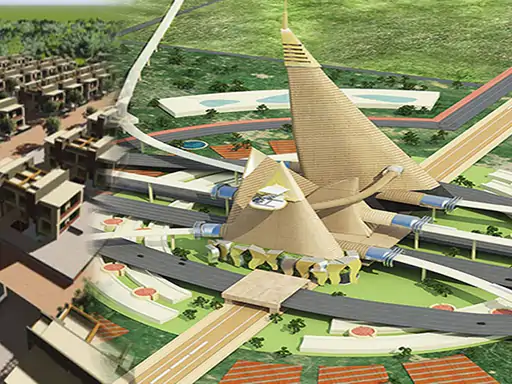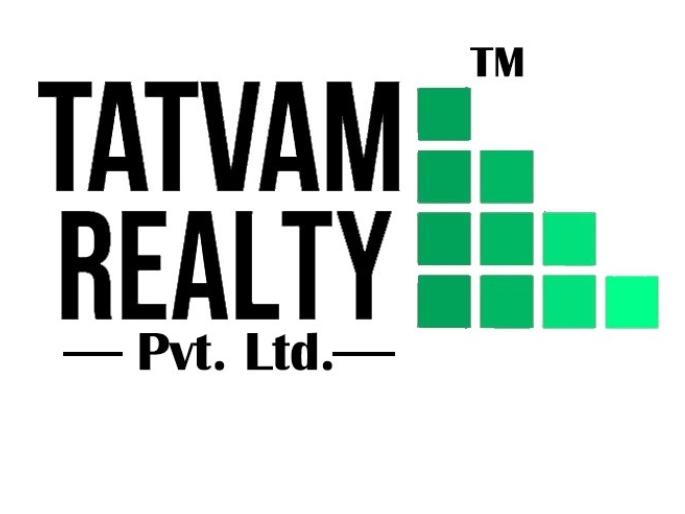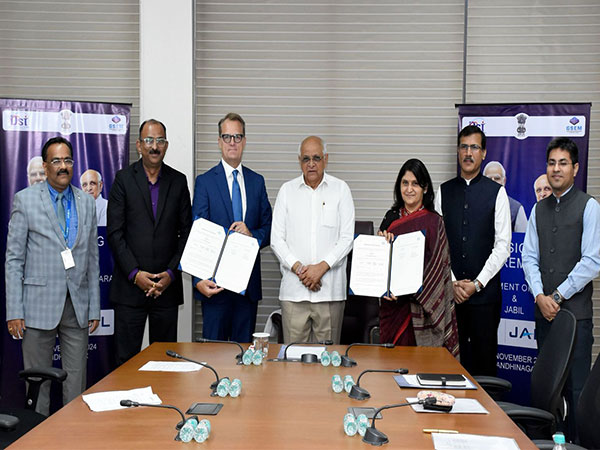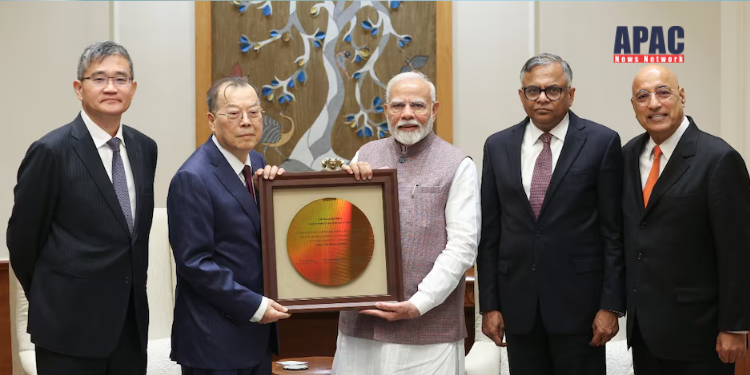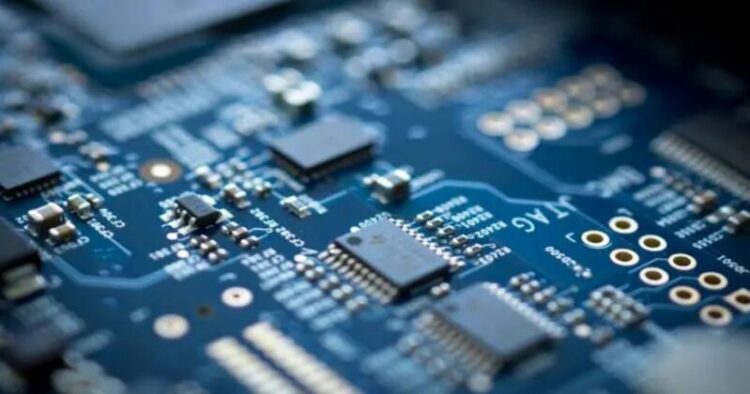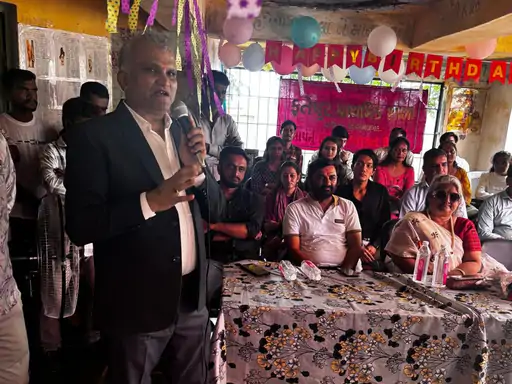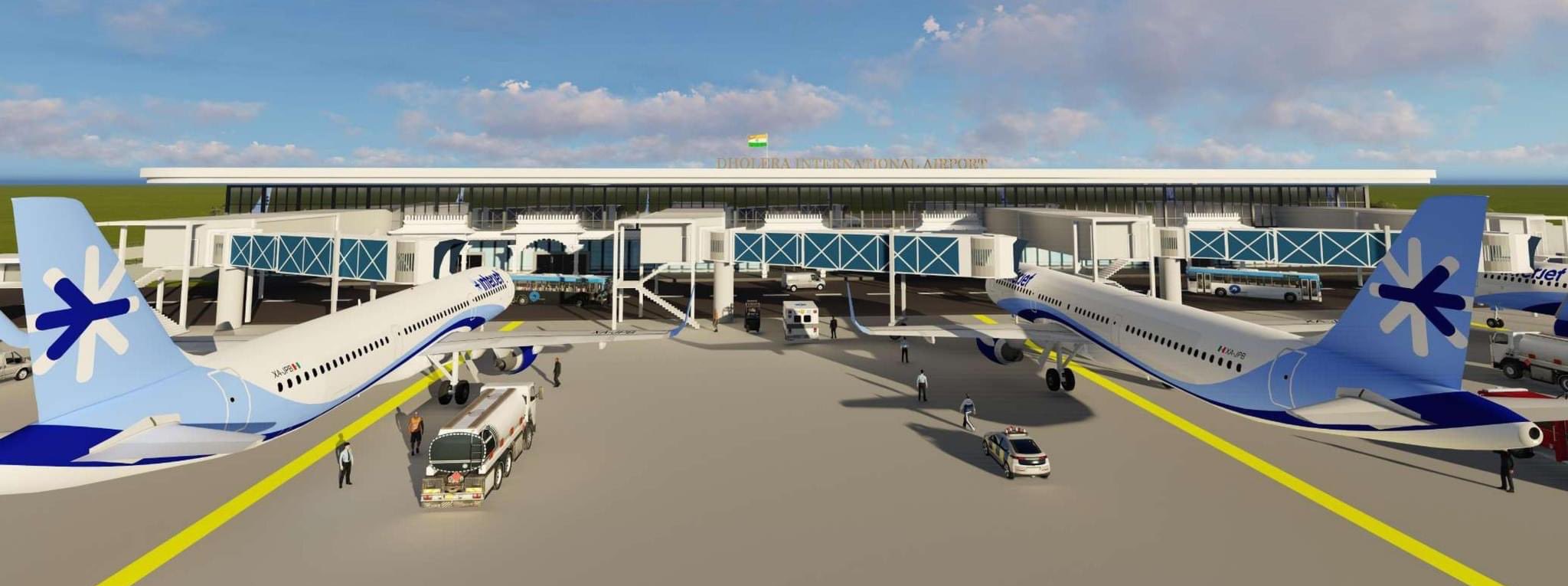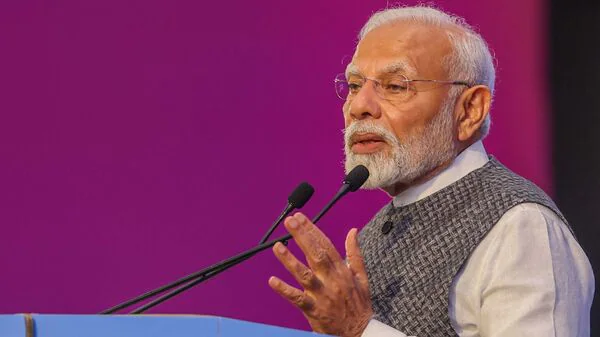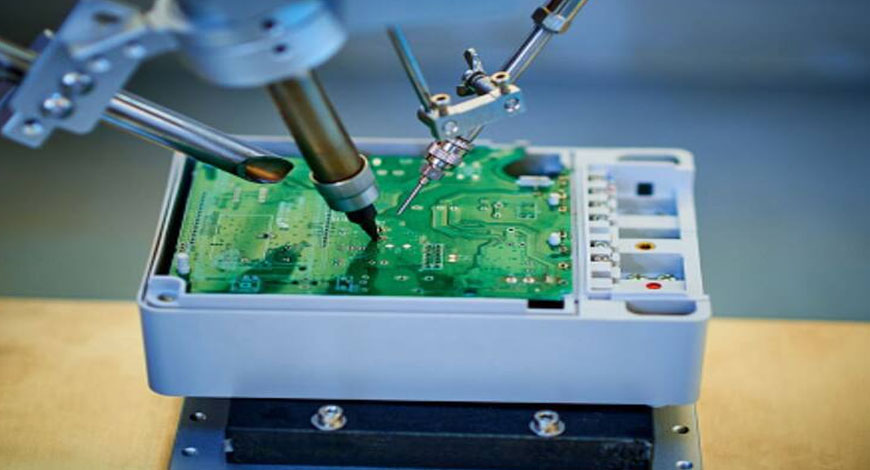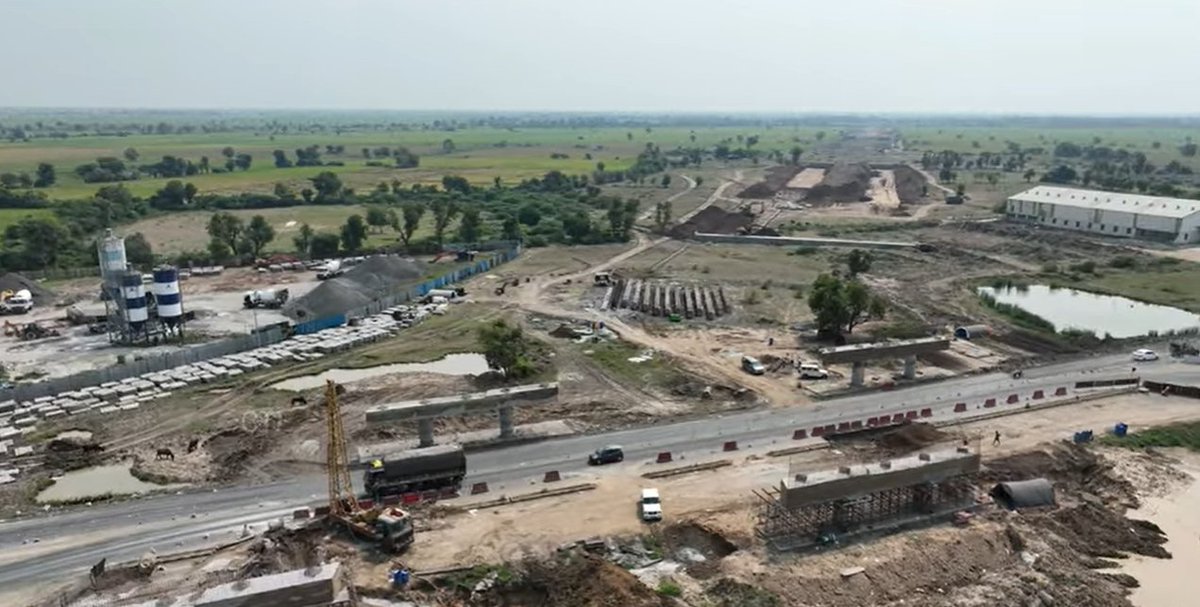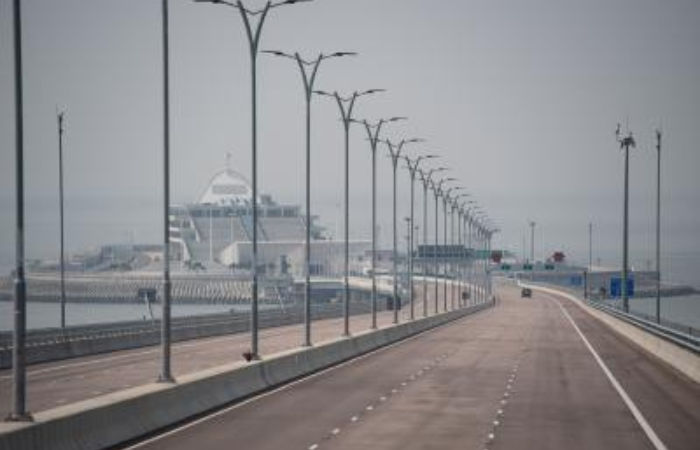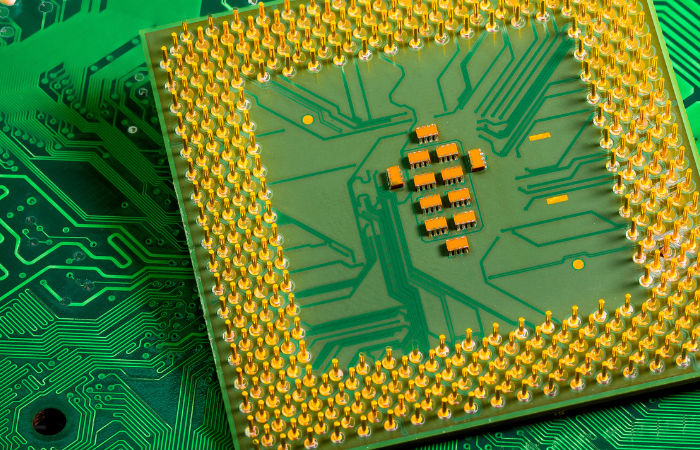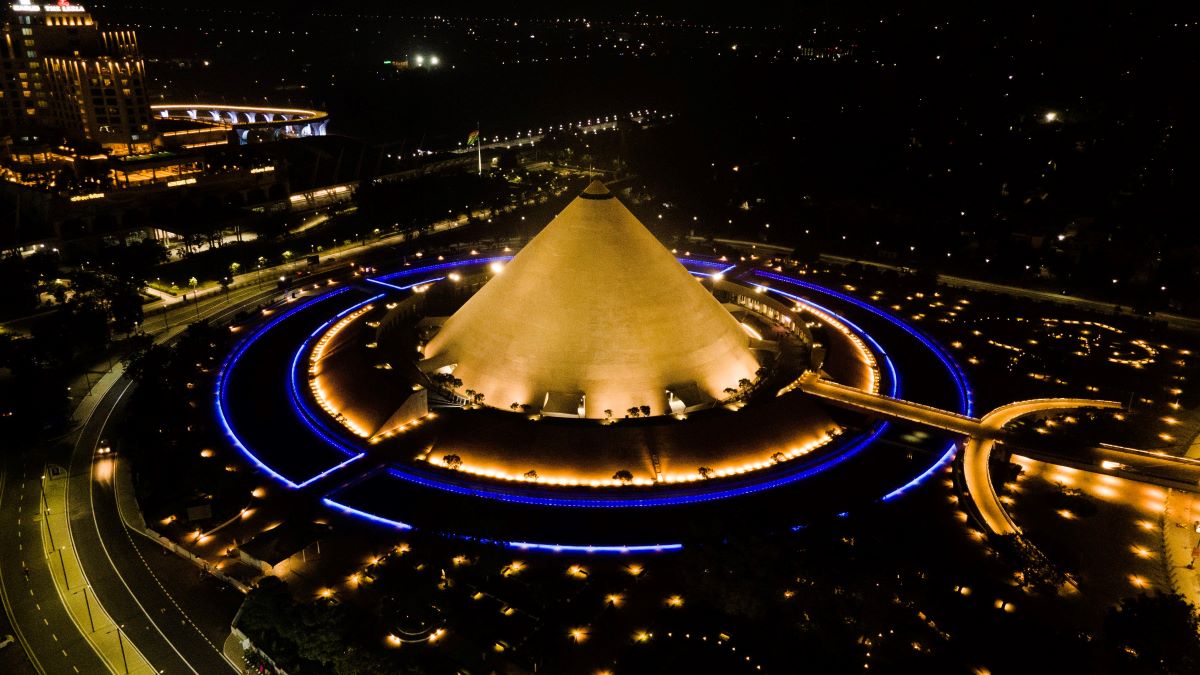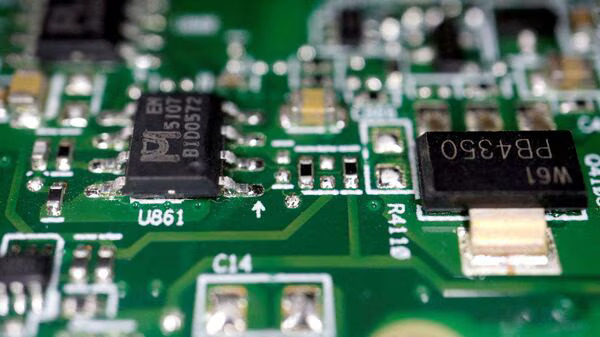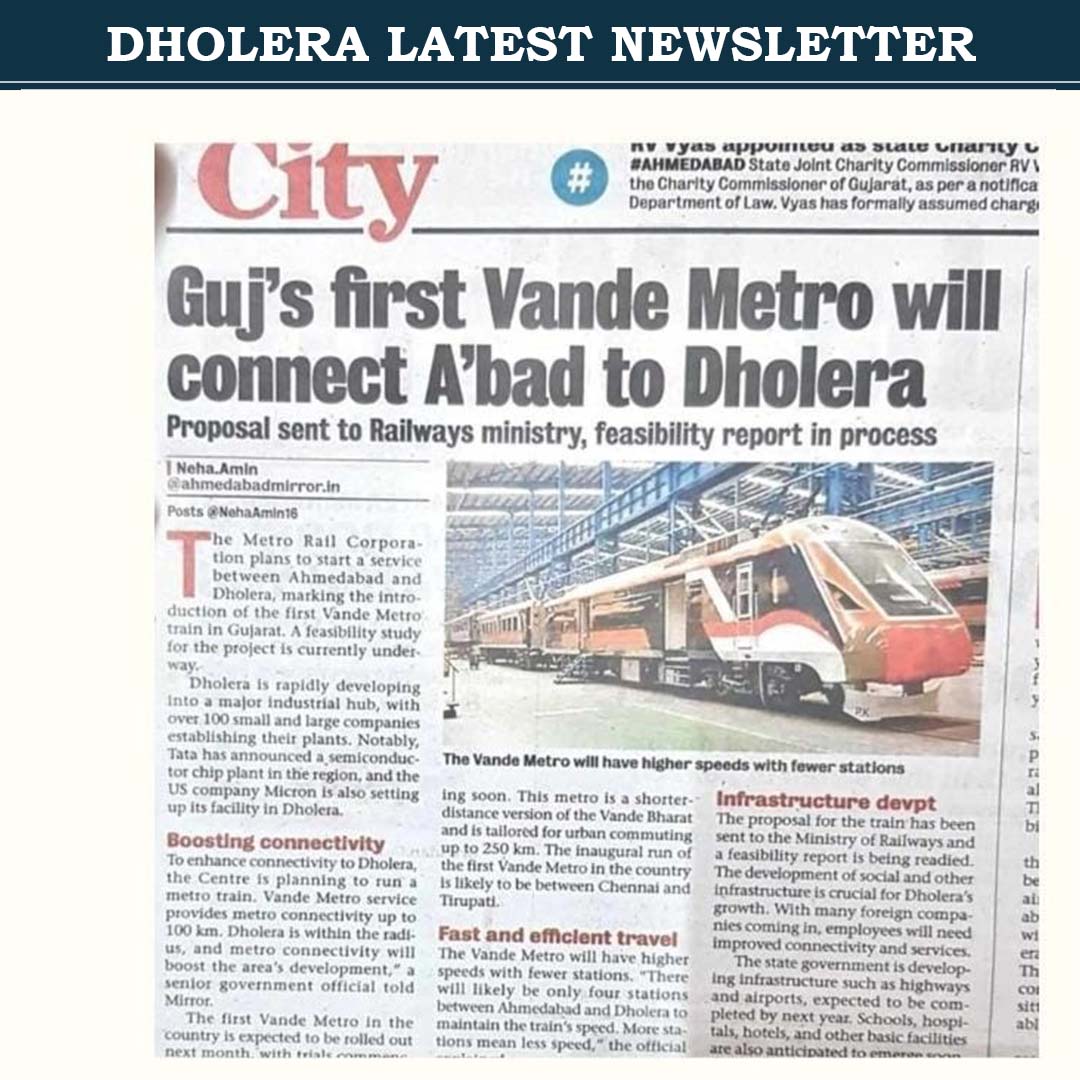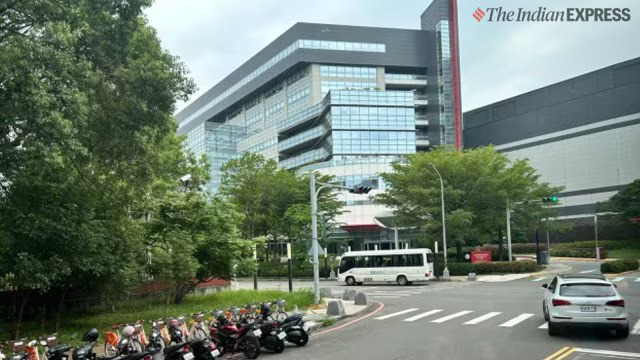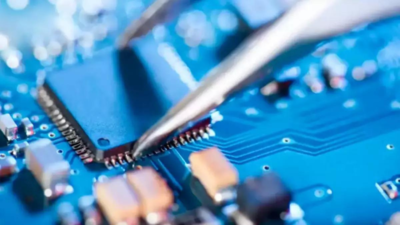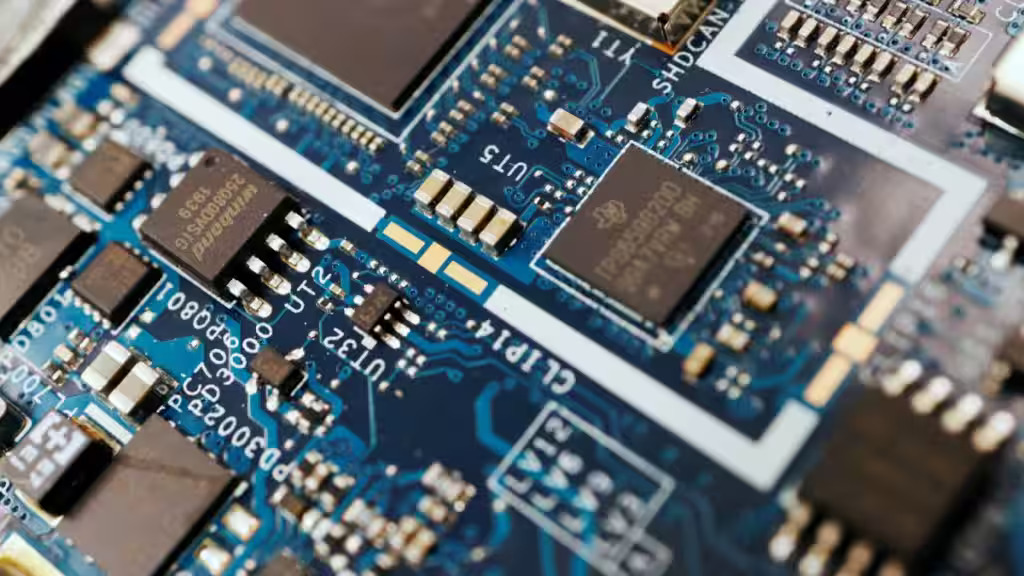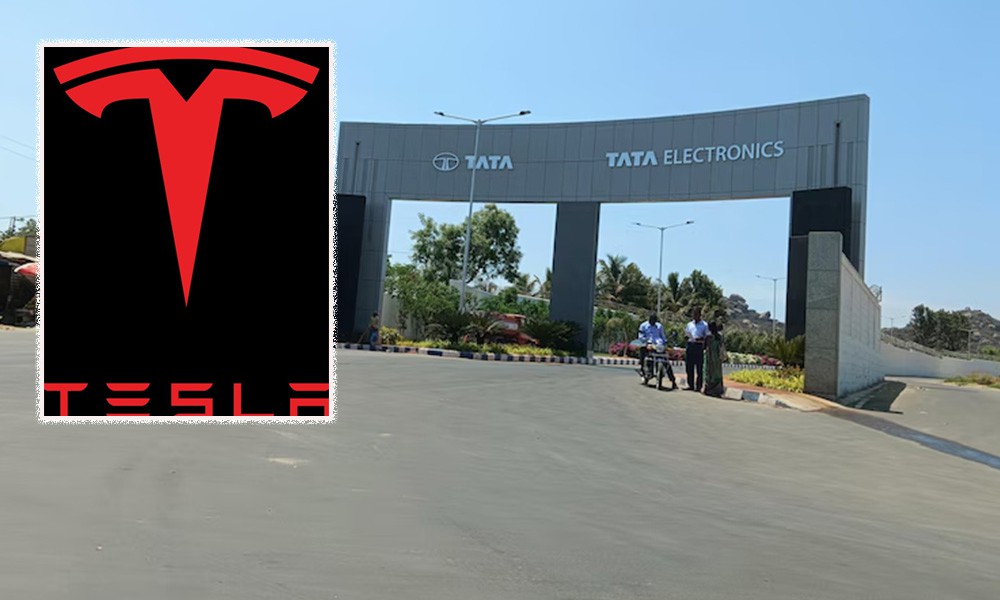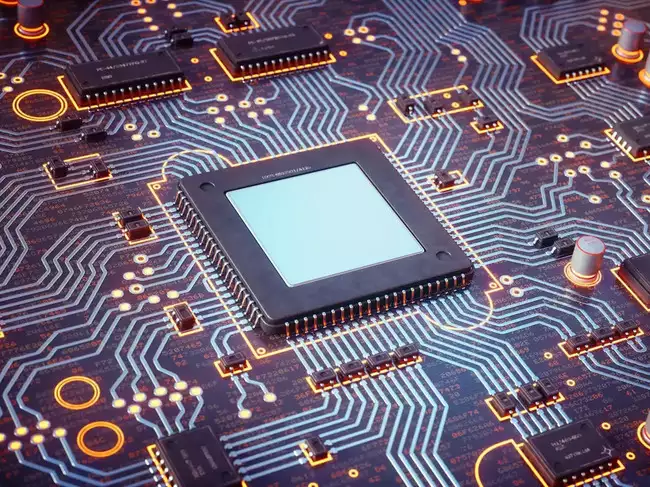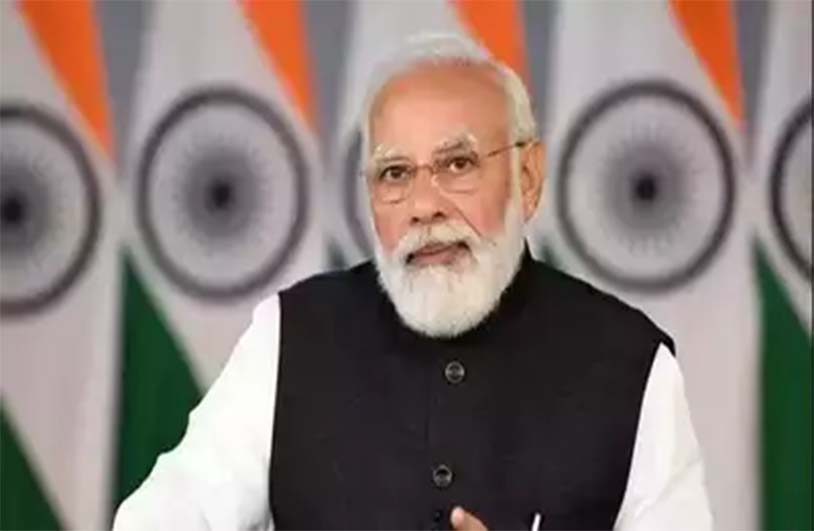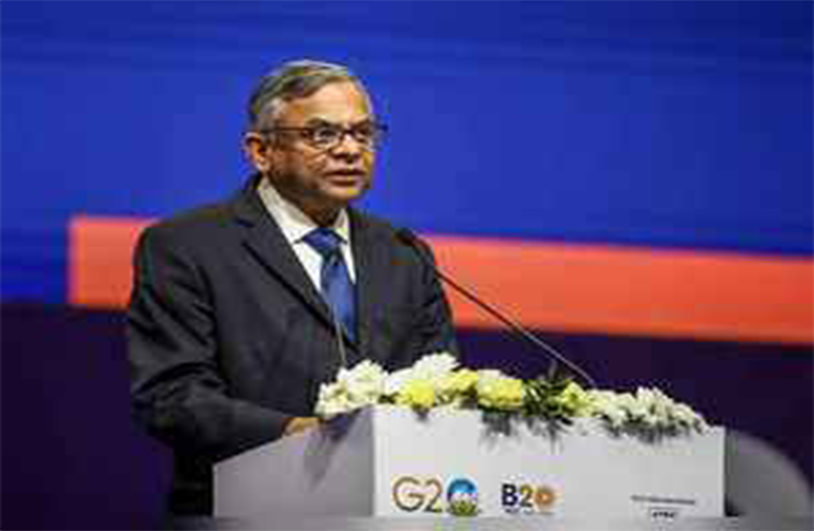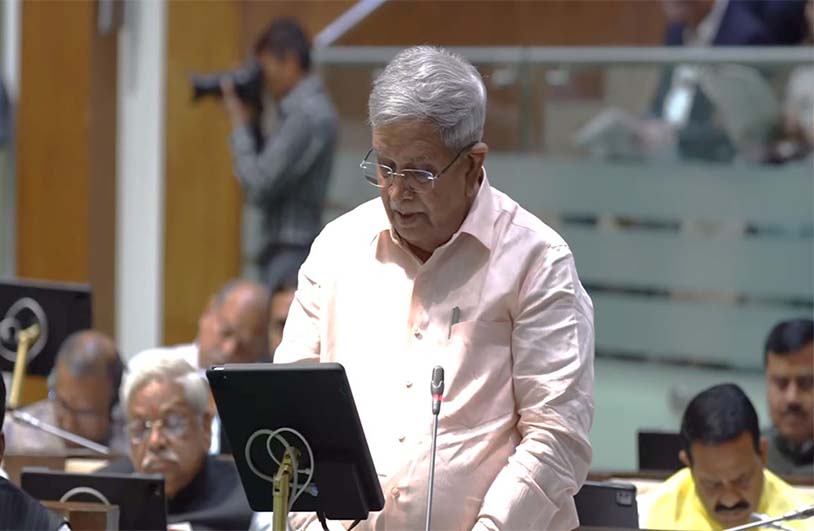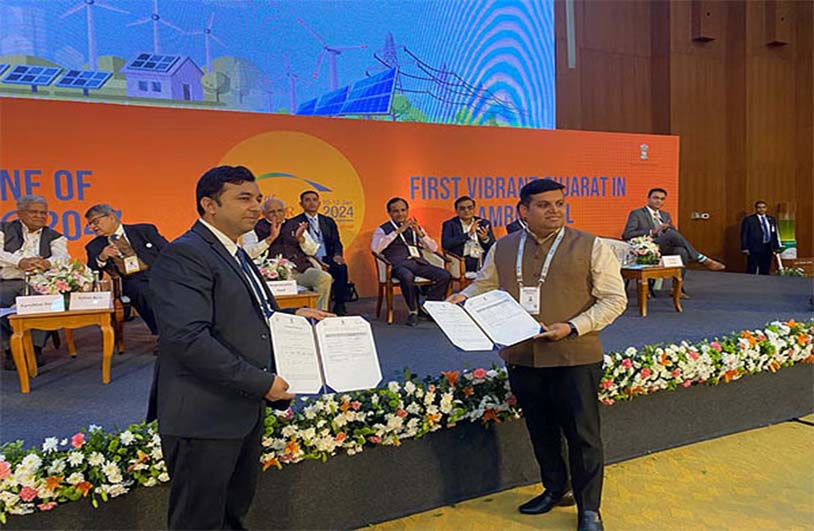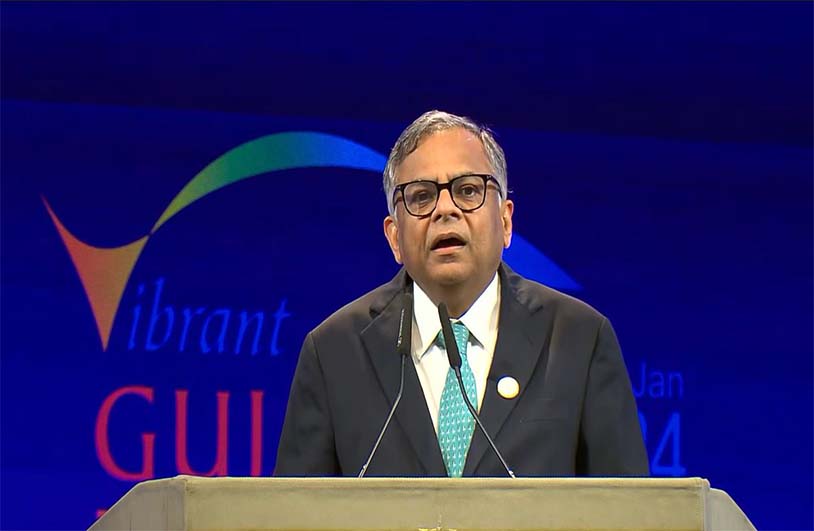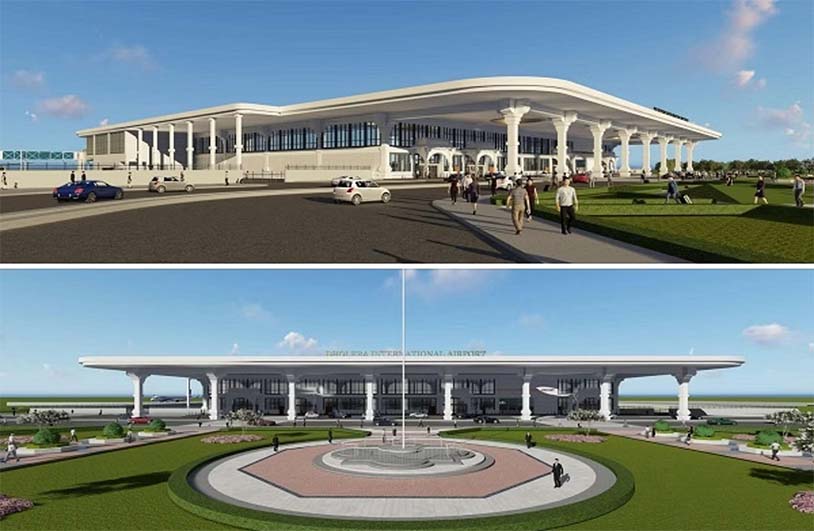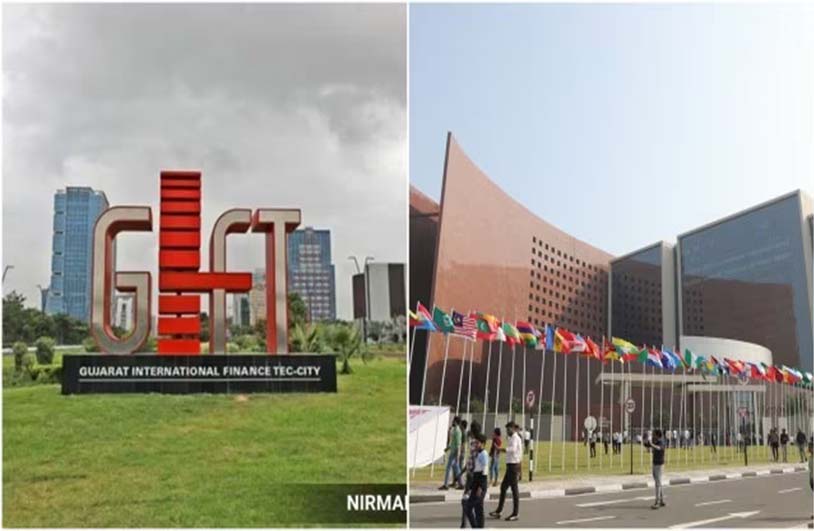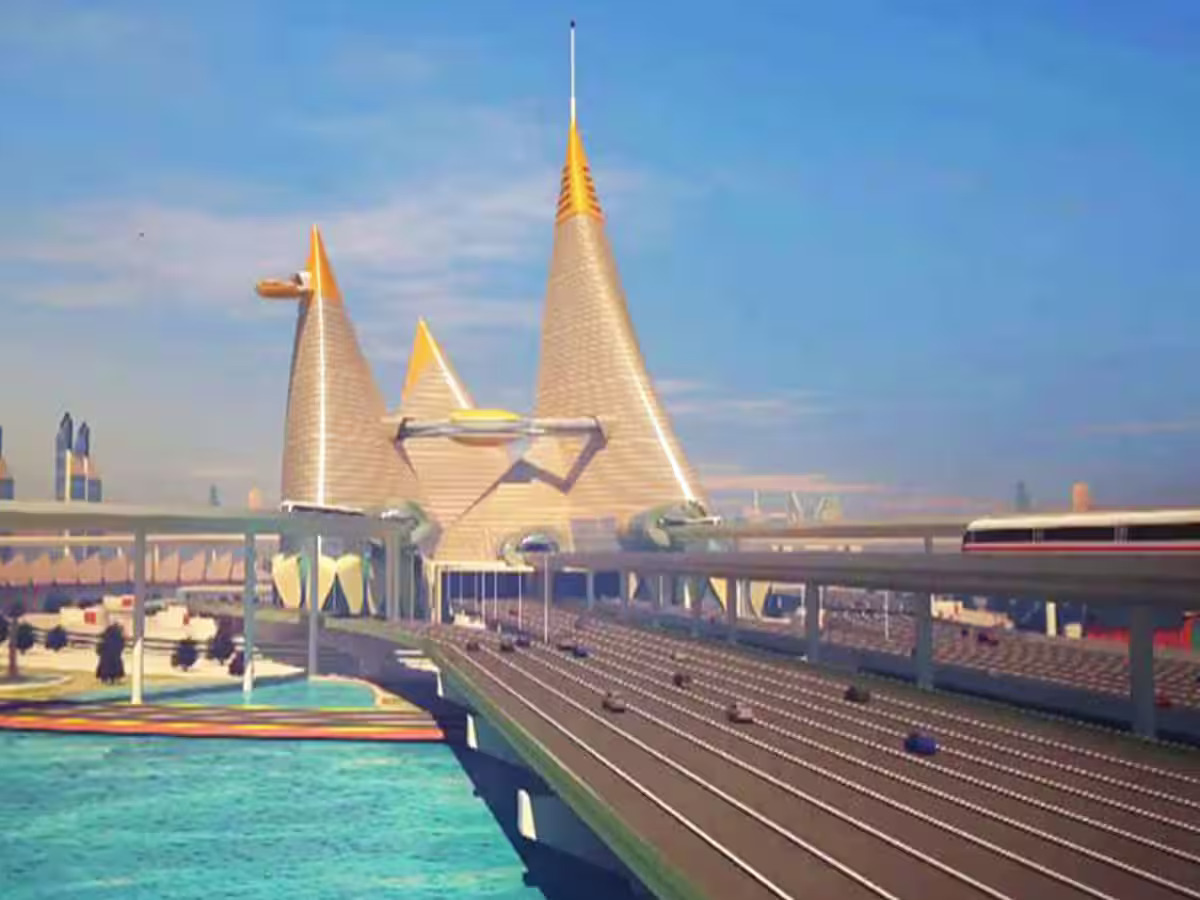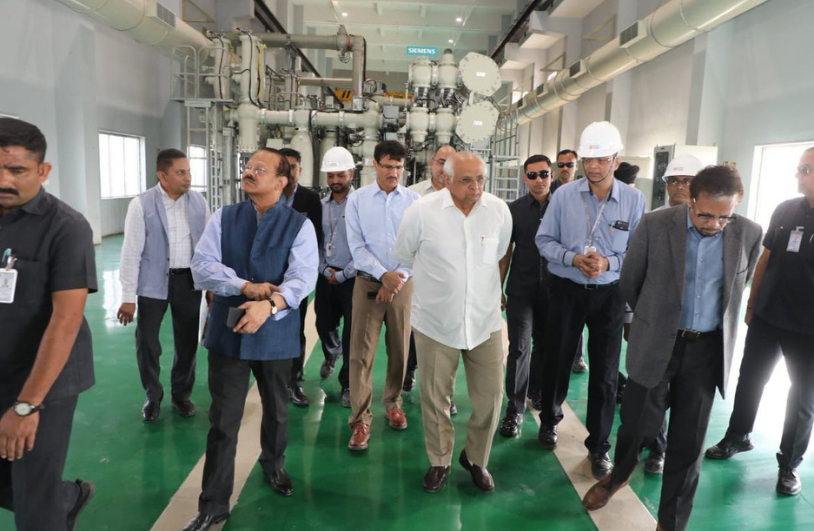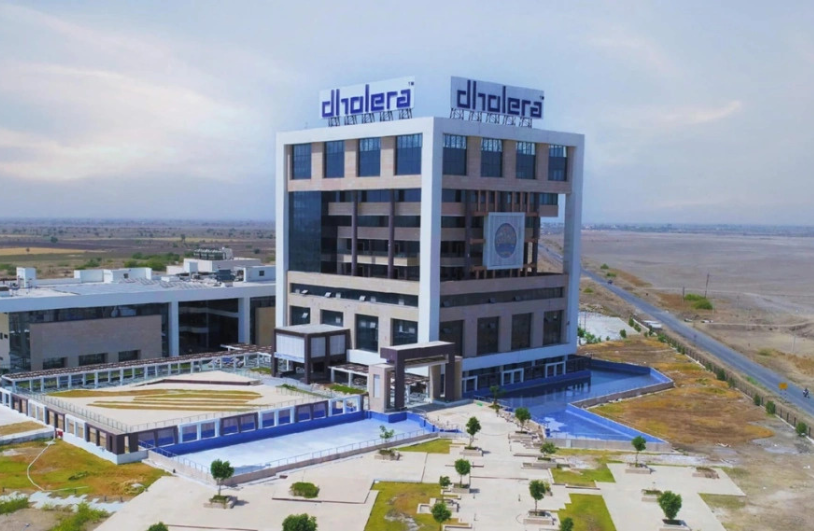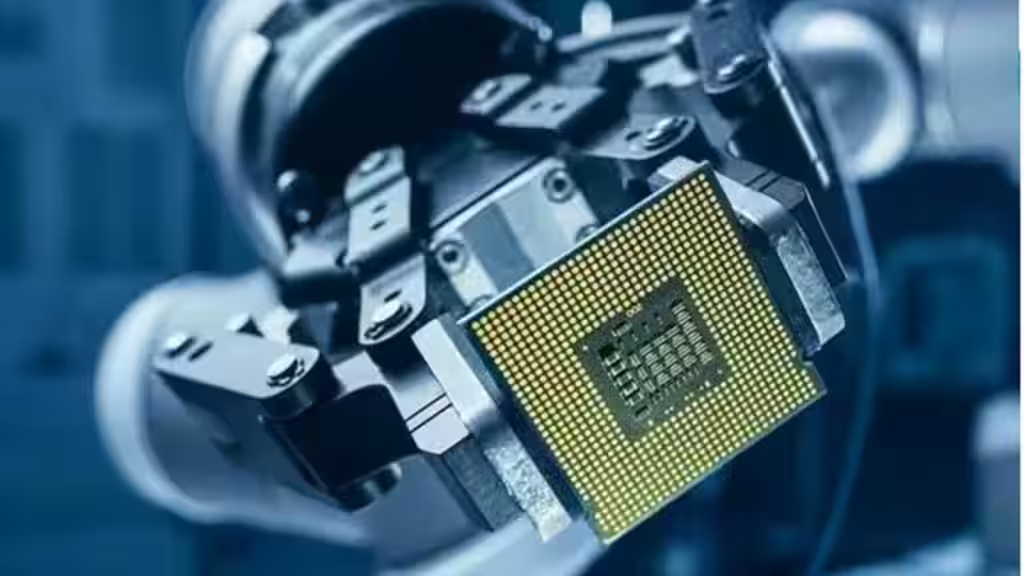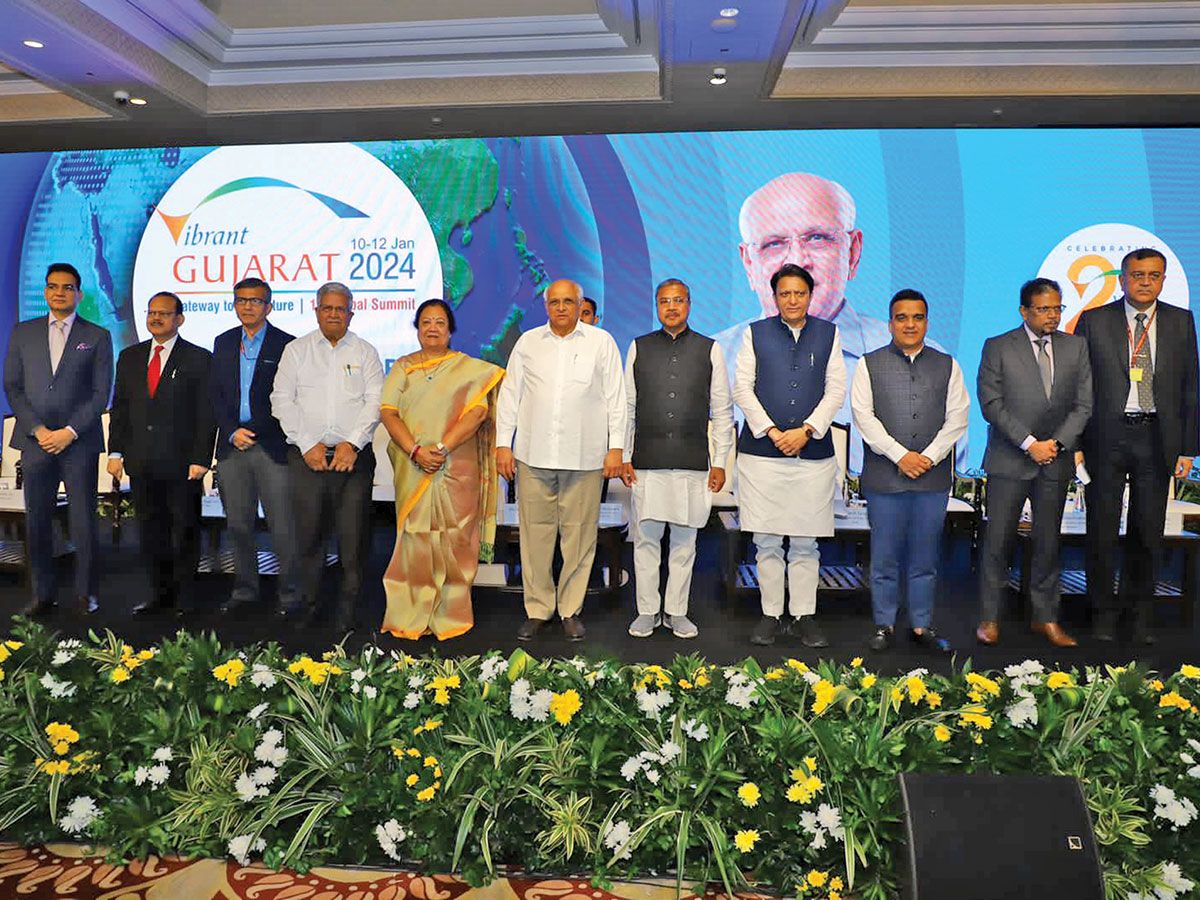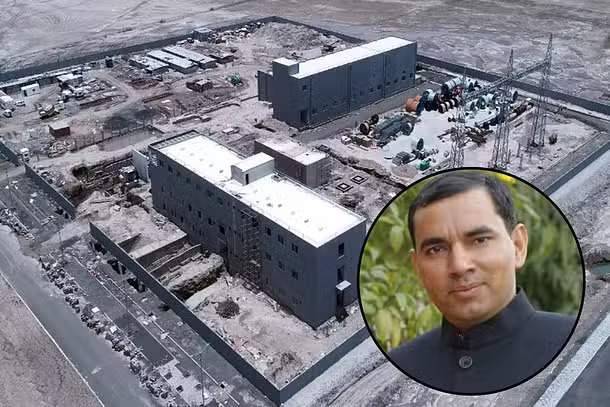
How Dholera Special Investment Region Is Positioning Itself To Become A Semiconductor Hub
Dr. Kuldeep Arya (IAS), CEO of Dholera Industrial City Development Limited (DICDL), highlights Dholera's role in driving India's semiconductor ambitions and its potential to become a futuristic industrial hub.
Twice the size of Mumbai, the 'smart city' of Dholera is set to host India’s first semiconductor fabrication plant, marking a leap in India’s semiconductor ambitions.
In an exclusive interview with Swarajya, Dr Kuldeep Arya (IAS), CEO of Dholera Industrial City Development Limited (DICDL) discussed the renewed buzz around this futuristic hub.
He emphasized how Dholera is more than just a blueprint for India’s chip-making aspirations; it is the cornerstone upon which the country is building its own version of Silicon Valley.
1. What unique infrastructure advantages does Dholera SIR offer, particularly when it comes to semiconductor-grade water and power?
Before answering this question, it is important to understand the background of the Dholera Special Investment Region (SIR) project.
Dholera Special Investment Region spanning over 920 sq. km is India’s largest Greenfield Industrial Smart City situated at 100 km south-west of Ahmedabad in the state of Gujarat, India. With a total area of 920 Sq.km, being developed by Dholera Industrial City Development Limited (A special purpose vehicle JV between Govt. of India and Govt. of Gujarat).
Dholera Industrial City is an economically and socially balanced new-age city with world-class infrastructure and high standards in terms of quality of life. Dholera has been accorded first-of-its-kind blanket environmental clearance for the entire city of 920 sq. km. by MoEF & CC.
Out of 920 sq. km., 422 sq. km. is developable area out of which 110 sq. km. area has been earmarked for industrial development along with the industrial plots. Dholera Special Investment Region also offers land for residential, commercial, recreational, and mixed-use land for development to provide holistic living prospects for industries and its employees.
The initial phase of the project, 22.54 sq. km. of Activation Area (TP 2A and TP 4A) has been developed and it offers land parcels for industrial and other social uses ranging from 1 acre to 330 Acres with world-class plug-and-play infrastructure and utility services that can be clubbed together to cater to the requirement of ultra-large industries.
Utility services include potable water, 24x7 uninterrupted Power Supply, CETP, STP, ICT Infrastructure, Natural Gas, etc.
Investments in the activation area of DSIR are being targeted from prominent and sunrise sectors such as Semiconductor and allied ancillaries, Electronics Manufacturing Services, Renewable Energy Equipment Manufacturing, Aerospace & Defence etc.
Now to answer your question, Dholera SIR (Special Investment Region) offers a highly robust utility infrastructure designed to meet the stringent demands of the semiconductor industry, particularly in terms of water and power.
One of its key advantages is its access to potable quality water supply enabled by 50 MLD water treatment plant and supply infrastructure in the form of mass balancing reservoirs and elevated service reservoirs.
Dholera's infrastructure includes dual-source power supply systems that ensure an uninterrupted electricity supply which is complimented by a state-of-the-art Gas Insulated Substation developed by power DISCOM.
Moreover, Dholera SIR is integrating renewable energy, particularly solar, into its power grid to provide clean and sustainable energy for industries. The availability of both redundant power and reliable water supply facilities places Dholera in a strong position to support the semiconductor ecosystem.
2. How are the various connectivity projects progressing in Dholera SIR, and what are their expected impacts?
Multimodal connectivity is one of the cornerstones of Dholera SIR’s development plan, and several major projects are already underway as detailed below:
The National Highway Authority of India (NHAI) is implementing a 110 km. long access controlled, greenfield four lane expressway between Ahmedabad and Dholera.
The current distance from Ahmedabad to Dholera is about 110 kms. and travel time of 2 hr 15 minutes. With the expressway, the distance up to Dholera from SP Ring Road will be 83 kms. with travel time of 1 hour. Thus, the expressway would reduce travel time between Ahmedabad and Dholera by 50 percent and thereby also reducing overall travel time between Ahmedabad and Bhavnagar.
An exclusive interchange is planned in the expressway alignment outside DSIR to facilitate direct access to the proposed Dholera International Airport. At present, the overall work progress is about 75 per cent and the expressway is scheduled to be fully operational by September 2024.
Greenfield Dholera International Airport:
On the northern side of Dholera SIR and 15 kms from Activation Area; a greenfield international airport is being developed. The airport will start with one runway of 3200 metres initially which will be expanded to two runways of 4000 metres each. The runway and terminal building work has already begun, and cargo operations are expected to begin from December 2025 onwards.
The Dholera International Airport, currently under construction, will provide seamless global access to investors and companies operating in the region. It is expected to boost international trade and attract foreign investment.
Bhimnath-Dholera freight rail project:
A greenfield freight rail line of 24.4 km. length is planned from the existing western railway station of Bhimnath on the Ahmedabad-Botad Broad Gauge Line that would connect the Dholera Special Investment Region (DSIR) to facilitate logistic movement of DSIR industries. The railway line shall connect with the western dedicated freight corridor near Sanand.
There are two new stations planned in the alignment among which one is the dedicated station for logistic handling and movement. The alignment will be electrified with overhead electric lines. The project shall be implemented by Western Railways.
Broad gauge rail line between Ahmedabad & Dholera
Western Railway is carrying out the feasibility of implementing a semi-high-speed rail line in the 30-meter right of way along the Ahmedabad Dholera expressway alignment.
Accordingly, the Western Railways has initiated the planning of a new Broad Gauge rail line connecting existing W.R. station of Sarkhej and Adhelai Village passing near DSIR boundary through DSIR. Along with the main line, 2 spur lines are also planned which would connect Dholera International Airport and National Maritime Heritage Complex
(NMHC) at Lothal. The western railway is coordinating with the Railway Board for project approval and finalizing the implementation modalities.
These connectivity projects are designed to make Dholera SIR a well-integrated logistics hub, reducing transportation costs and lead times for companies while improving access to global markets.
3. Can you describe the innovative plug-and-play facilities being developed for semiconductor units in Dholera SIR?
Dholera SIR is pioneering plug-and-play facilities that offer a streamlined setup for semiconductor manufacturers. These facilities are designed to minimize the initial capital expenditure and time required for companies to become operational.
An internal road network spanning 72 kilometers has been built, featuring roads with widths ranging from 18 to 70 meters. This modern road infrastructure is supported by a robust underground utility network, consisting of power, ICT, piped natural gas, water, recycled water, effluent, and stormwater management systems.
Additionally, the road network incorporates pedestrian-friendly lanes, dedicated cycling lanes, verdant plantations, and a reserved corridor for future rapid transportation systems.
The internal road network, which spans an impressive 72 kilometers, serves as the backbone of the area's modern infrastructure, meticulously designed to support both current and future urban needs. The roads vary in width from 18 to 70 meters, accommodating a diverse range of transportation modes. This variability in width ensures that the road system can cater to different levels of traffic flow, from light vehicles in residential areas to larger commercial traffic in industrial zones.
The road design optimizes space usage for multiple purposes, allowing for efficient vehicle movement without congestion while ensuring safety and convenience for non- motorized transportation.
Robust Underground Utility Network:
--Power Lines: An extensive underground power network ensures reliable electricity supply for industrial, commercial, and residential areas. This network is designed to handle future increases in demand.
--ICT (Information and Communication Technology): State-of-the-art fiber-optic infrastructure is embedded within the roads, ensuring high-speed, reliable connectivity across the city, which is essential for smart city operations, IoT systems, and digital communications.
--Piped Natural Gas (PNG): A seamless natural gas distribution system is embedded in the network, providing an environmentally friendly energy option for residents and industries.
--Water Supply: Potable water pipelines ensure uninterrupted supply across all zones. The system is monitored and maintained with smart water meters and leak detection technologies.





